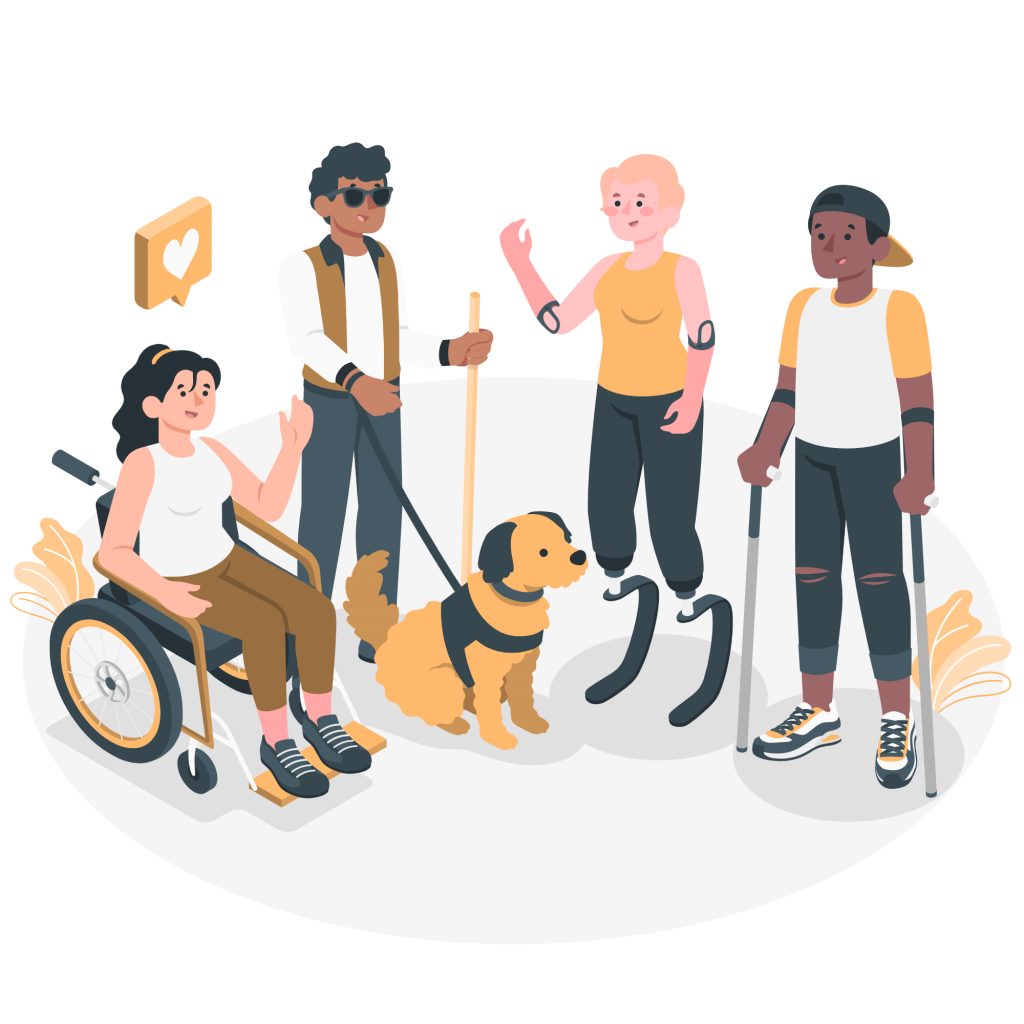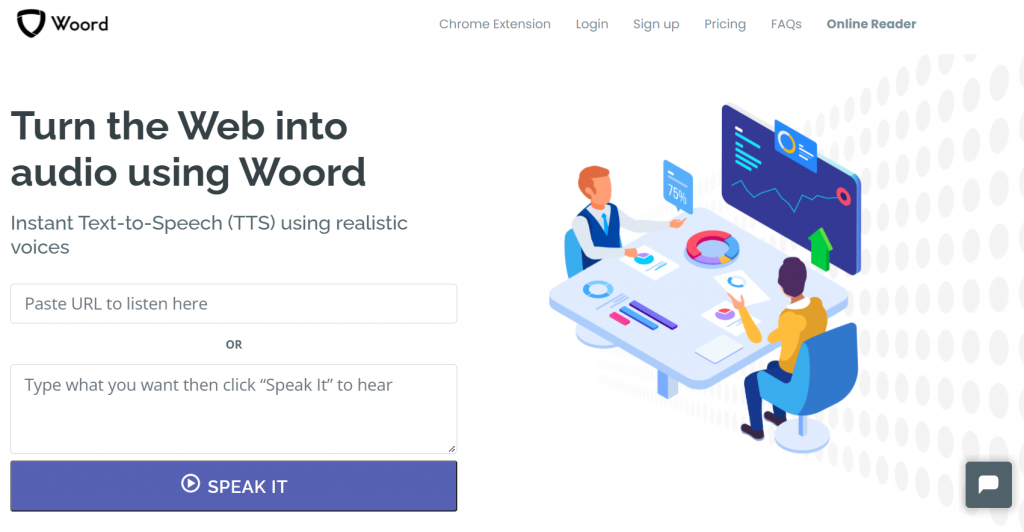In a world where new technology emerges at exponential rates; our daily lives are increasingly mediated by loudspeakers and sound waves, text-to-speech technology is the latest force that is evolving the way we communicate. Here we will tell you How Text-To-Speech Is Contributing To Accessibility.
Text-to-speech technology refers to a field of computing that enables the conversion of language text into audible speech. Also known as speech computing, text-to-speech (TTS) often involves building a database of recorded human speech to train a computer to produce sound waves that resemble the natural sound of human speech. This process is called speech synthesis.
The technology is pioneering and major advances in the field occur regularly. Popular consumer devices that have introduced text-to-speech technology into our daily lives include AI-powered virtual assistants.

More Than Just A Gadget
Beyond simply converting language text into speech, these virtual assistants use speech-recognition software to pick up sound waves produced by a human speaking, derive meaning from that audio data, and deliver a response in a synthetic voice. In its most advanced form, text-to-speech technology has enabled artificial intelligence to hold a conversation with a human.
Text-to-speech technology has been used for advertising purposes with the advent of interactive voice ads, which have been shown to boost brand recall far more than adjoining forms of advertising. Text-to-speech can also be an optimal tool for converting huge masses of text into playable audio data.
Learn how speech technology works, the role the human voice plays in forming a synthetic voice, and how text-to-speech is used to make speaking and listening more accessible to people around the world.
Text-To-Speech Is Contributing To Accessibility: Check Woord!
Woord is our number one choice for its intuitive design when talking about Accessibility. This Saas is an excellent tool for those who do not have much experience with this type of software; if what you need is a simple and good quality job, Woord will fulfill the task. Also, allows you to select the type of device on which you will play the audio; doing so will apply effects that will improve the quality of the MP3 file.
Since we are talking about inclusion, we must mention that this free ai voice generator has female, male, and gender-neutral voice styles. Also, Woord has an SSML editor, allowing you to adjust the speed of the audio without affecting the quality. Many blind people have the ability to interpret sounds faster than average; adjusting the pace of the audio can make the process much faster for them.
Finally, we must say that in addition to the fact that the free option is excellent, buying a pro version can be a good investment for teaching work. In this sense, Woord is also a great option for its affordable prices.


